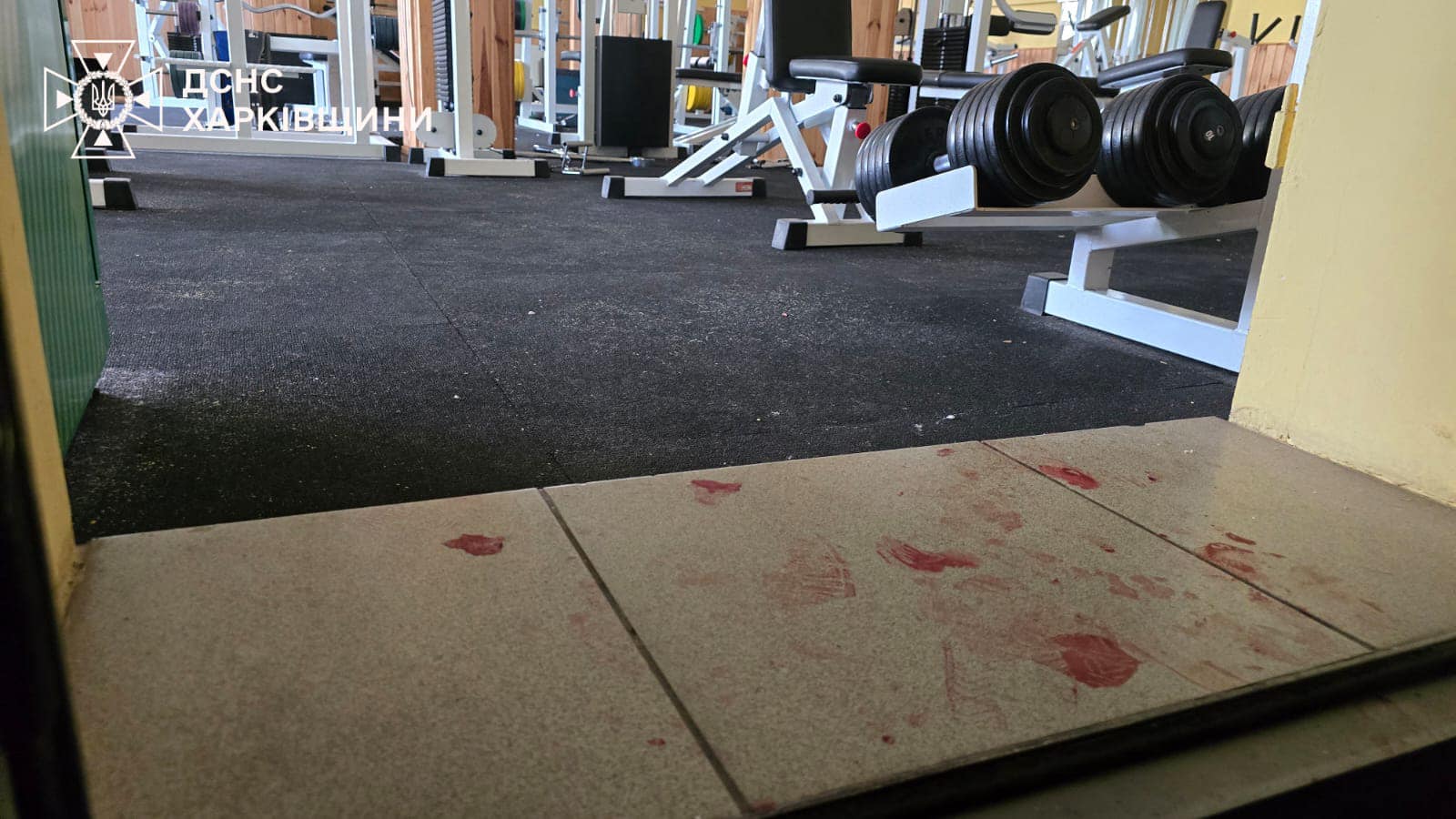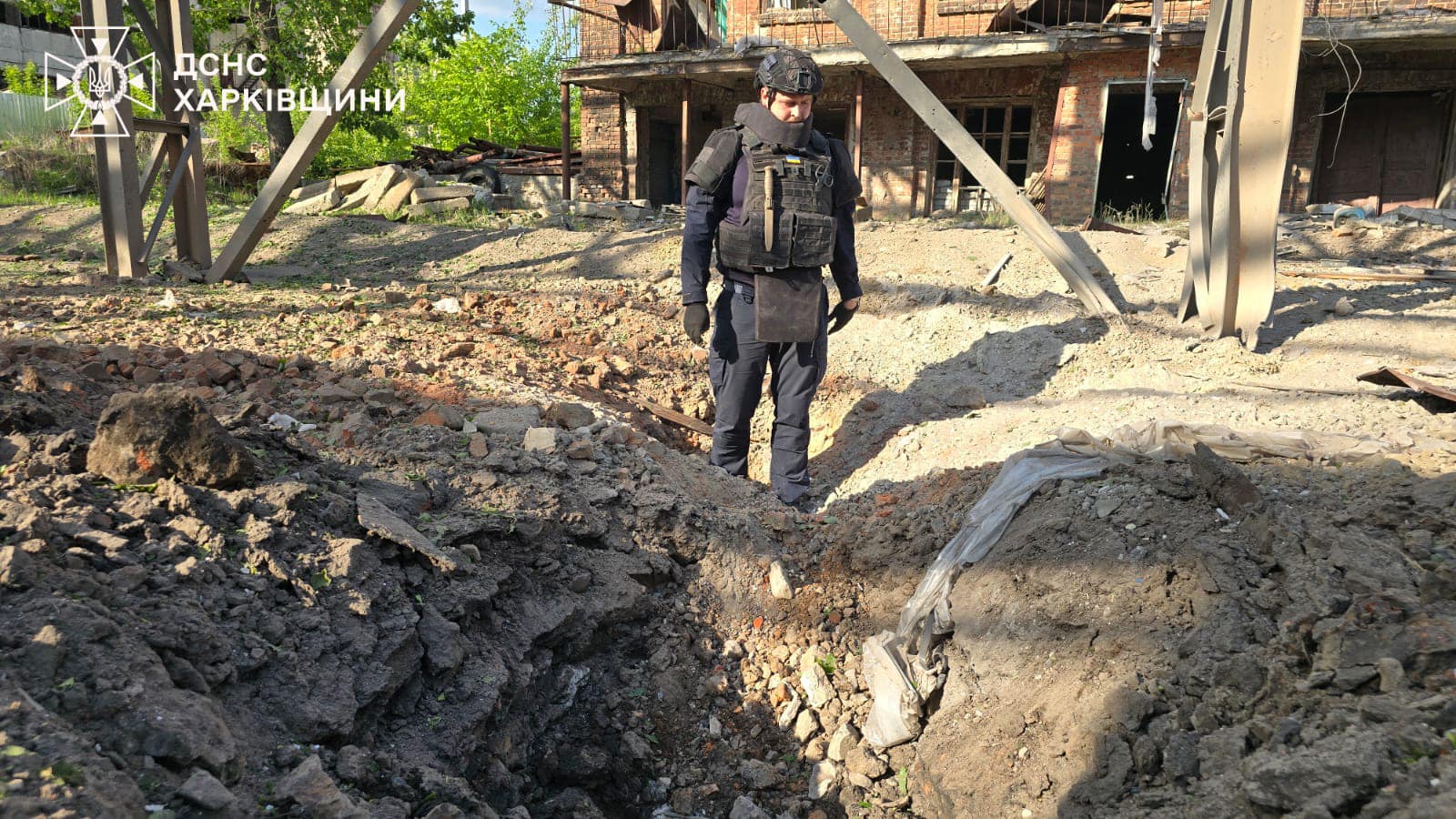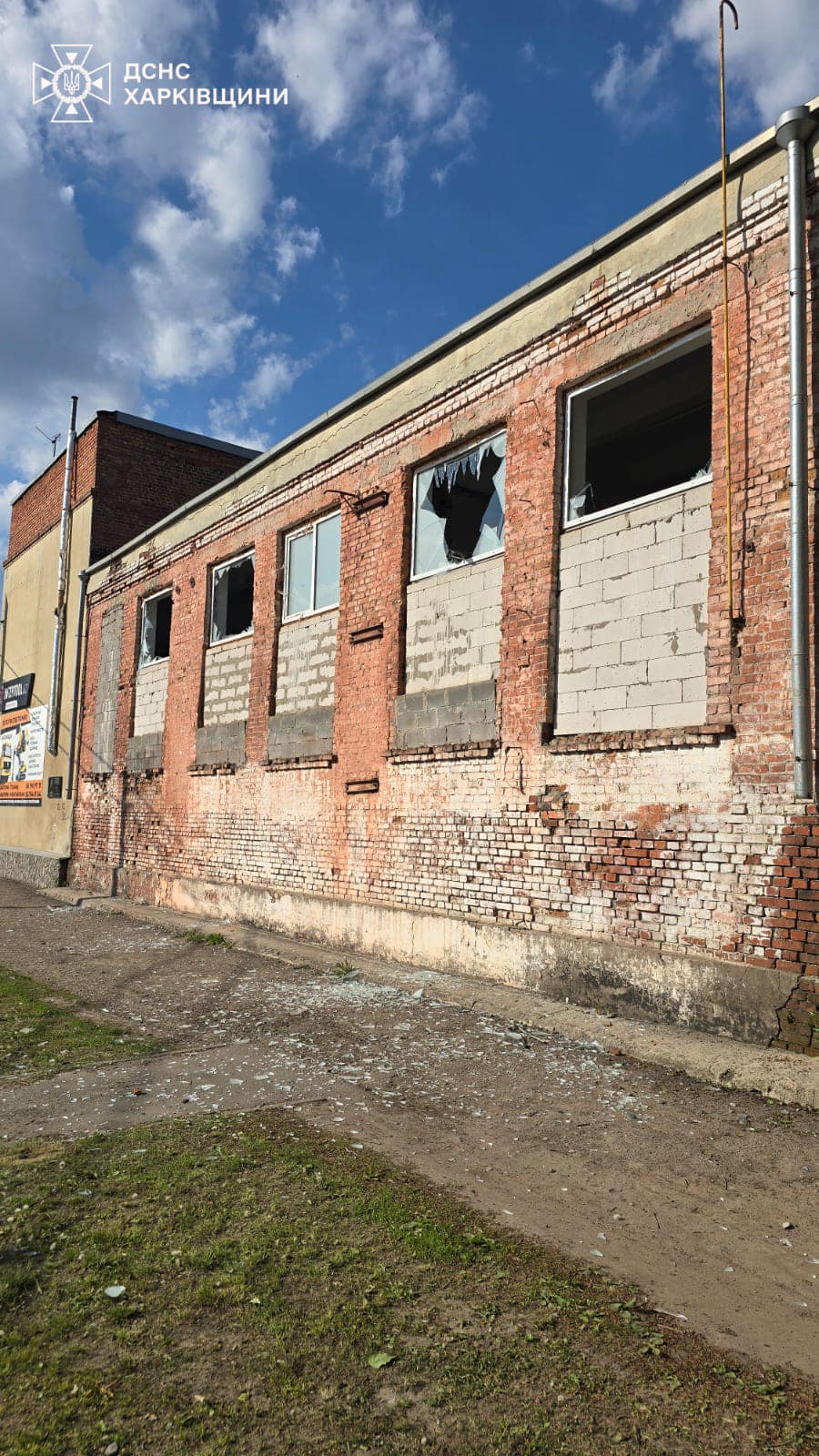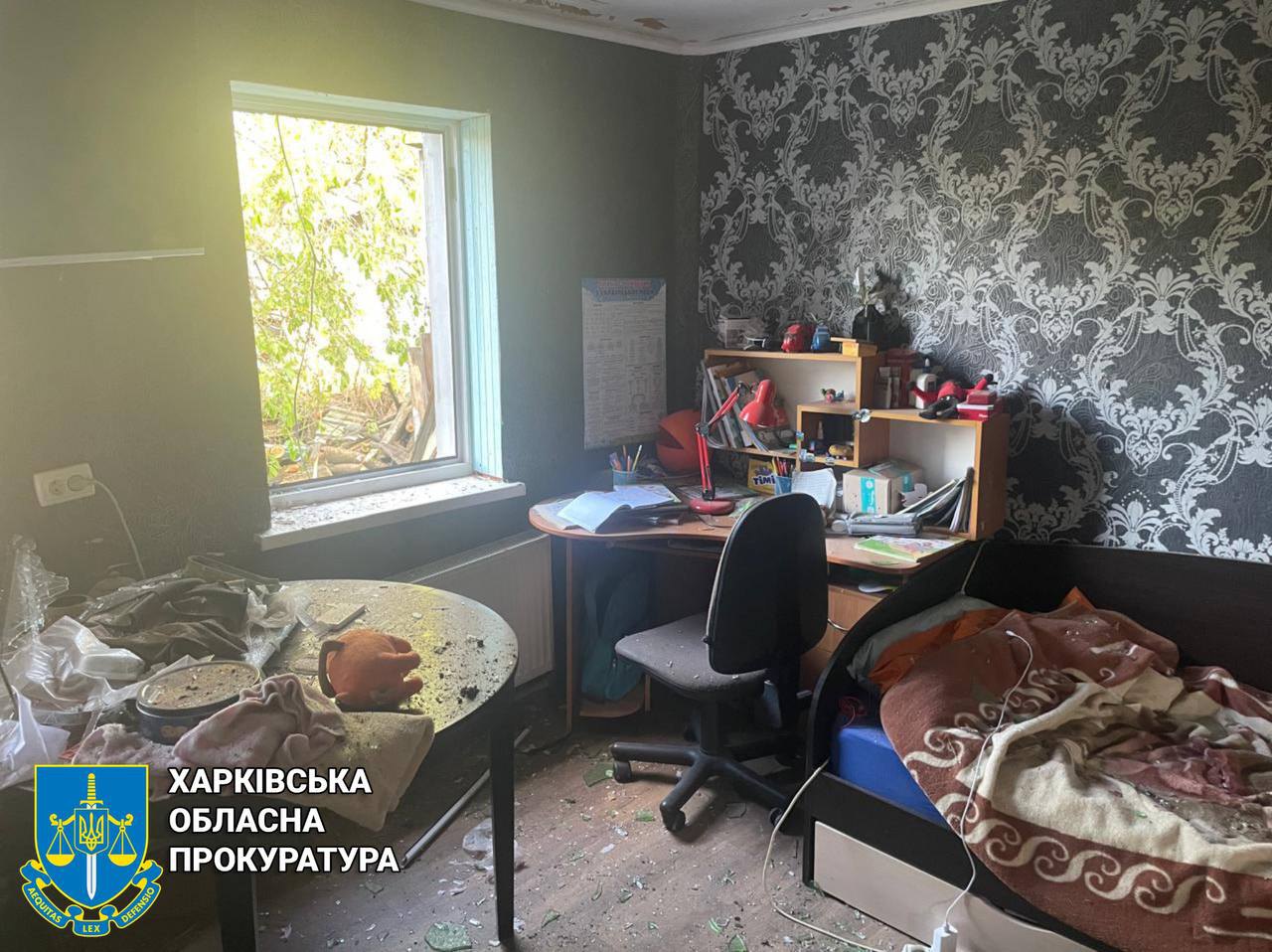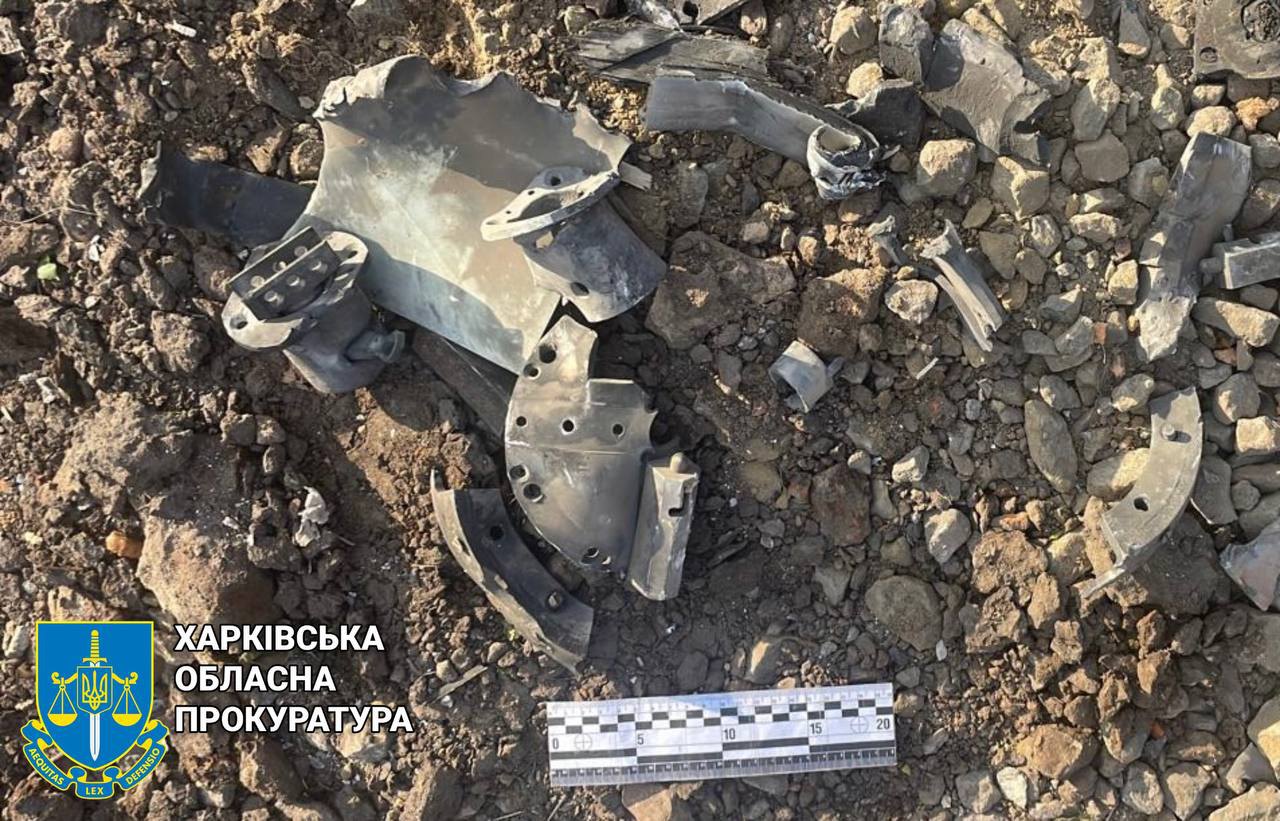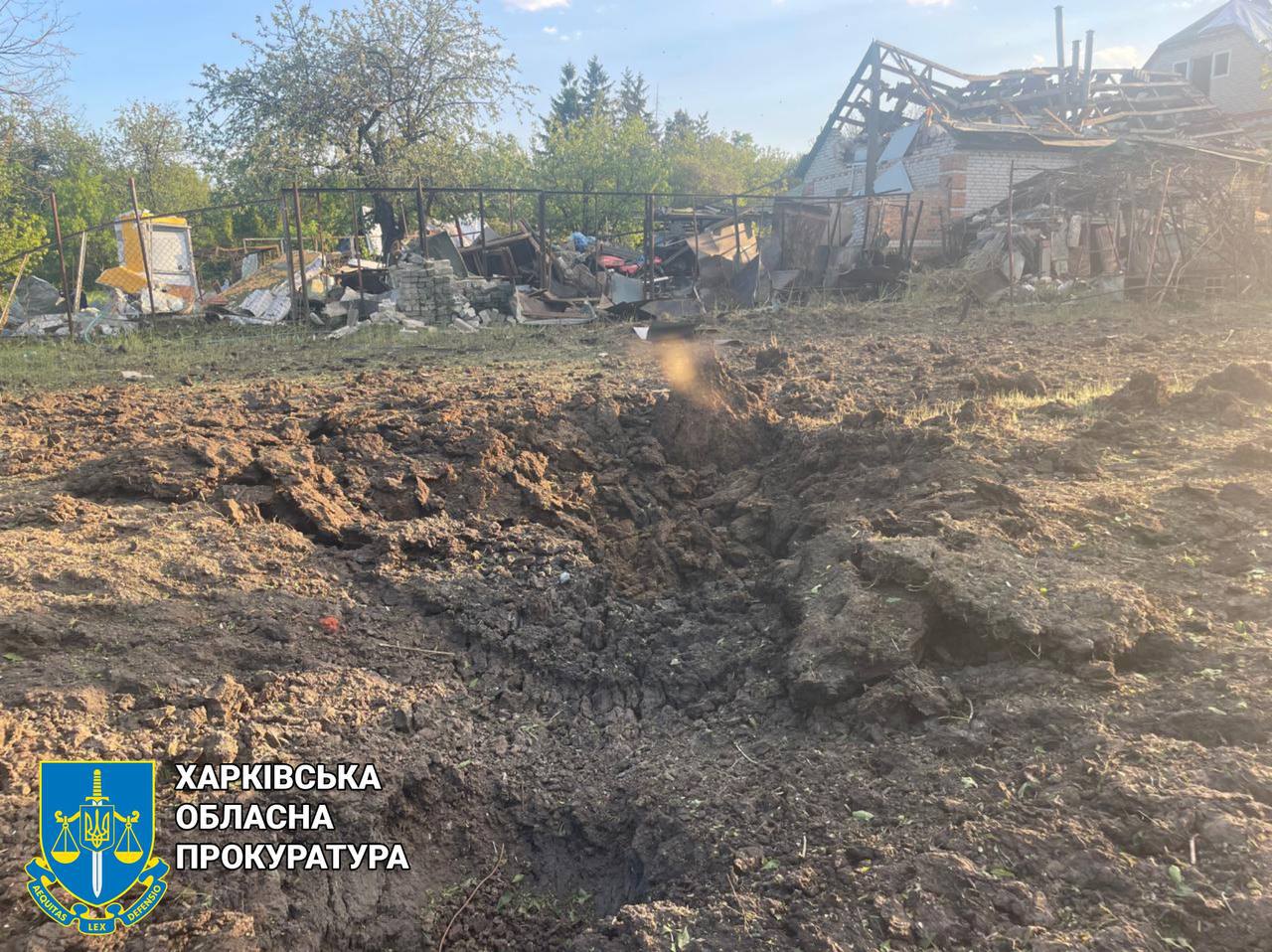Eight children were injured as Russia dropped glide bombs on Kharkiv region. Russia fights for the control of supply lines near Chasiv Yar. Two ways for Russia to participate in peace talks, according to Ukraine’s Foreign Minister.
Eight children injured as Russia drops glide bombs on Kharkiv region
Russia dropped two precision-guided bombs on Derhachi, in Kharkiv region on Thursday. The bombs struck a site close to a sports center, injuring eight children and a 75-year-old man.
Four of the children suffered moderate injuries and the others minor ones, head of the Kharkiv regional military administration, Oleh Synehubov said on Telegram.
Russia fights for control of supply lines near Chasiv Yar
Russian forces continue to storm the town of Chasiv Yar, in Donetsk region. Russia’s objective is to gain control of supply lines there, spokesperson for the Khortytsia operational-strategic group, Lieutenant Colonel Nazar Voloshyn, told Interfax Ukraine.
“The enemy has no success. They have been storming the city for months. The situation is under control. The enemy continues to raze Chasiv Yar and nearby villages, using aircraft and artillery. [Russia’s] occupying forces are making every effort to seize the commanding heights on which Chasiv Yar sits. It will allow them to target and launch an offensive on Kostyantynivka, Druzhkivka, Slovyansk, and Kramatorsk.”
Russia does not care about its manpower or materiel losses as it attempts to storm Chasiv Yar and nearby towns and villages, Voloshyn said. Russian forces are trying to break through to the town from the flanks, and are storming Bohdanivka and Ivanivske for that purpose.
Russian forces carry out a lot of “meat assaults,” Voloshyn said. In the daylight, they send mobile fire groups on golf carts, quadricycles, and motocross bikes to storm Ukrainian positions. Russia does not have tactical success in the area, Voloshyn said.
Russia’s objective is to reach the Siverskyi Donets-Donbas canal so that it can capture Chasiv Yar and advance on the Kramatorsk agglomeration. Reports that Russian forces have broken through to the canal are not correct, Voloshyn said.
“Some analysts and experts say that the enemy has broken through to the canal. This is not true. As of this morning, the enemy was not there. They possibly stormed, but didn’t seize [the positions] there,” Voloshyn said.
Russia aims to gain control of supply lines in the area.
“Russian forces use the scorched earth tactics, trying to destroy all our platoon strong points and the city of Chasiv Yar itself, so that our troops have no defensive positions. The second defensive line has been fortified. Our forces are ready to engage the enemy,” he said.
Russia carried out four assaults on Chasiv Yar on Wednesday. As of Thursday morning, they stormed the town just once, Voloshyn said. Russian forces have conducted a maximum of 10-15 assaults daily in the Chasiv Yar direction, near Bilohorivka. They are regrouping and deploying additional troops to the area.
Two ways for Russia to participate in peace talks, according to Ukraine’s Foreign Minister
There are only two ways to make Russia participate in peace talks in good faith, Ukraine’s Foreign Minister Dmytro Kuleba said in a video interview with Foreign Policy released on Wednesday.
“The first one is success on the battlefield, and the second one is having a coalition of countries who share the same principles and the same approaches. So this is why the summit does not intend to have Russia as a participant. Because the goal of this summit is to unite countries who share principles and approaches that they will build further actions on,” Kuleba said, commenting on the upcoming Ukraine peace summit in Switzerland.
“After that, communication with Russia may take place and Russia can be part of the talks. Because you are right: in the end, you cannot put the war to an end without both parties,” he added.
When asked what the point is of a peace summit without the party that initiated the war, Kuleba said: “Your point is valid if you address the war that Russia launched against Ukraine with textbook diplomacy, because all textbooks that we learned from tell us that you need two parties to sit down and negotiate. Our approach comes from reality, and from the experience that we gained between 2014 and 2022, because the aggression against Ukraine started in 2014. Between 2014 and 2022, we had almost 200 rounds of talks with Russia in different formats, with mediators and bilaterally. But nothing worked. It ended up in the large-scale invasion [of 2022]. So we know that it doesn’t make sense to have Russia at the table if you cannot ensure that they act in good faith.”
How Russian cinema serves as a tool to justify Russian aggression. Ukraine in Flames #606
Culture is outside of politics – this thesis is actively used to justify the consumption of Russian cultural products. However, it is mass culture that often becomes a platform for the creation of new meanings that are beneficial to the Kremlin, with the help of which public opinion is manipulated. Continuing the Soviet tradition, cinema is one of the most propagandistic branches of culture. Watch Ukraine in flames #606 to find out about how Russian cinematography serves as a tool of aggression against Ukraine, and explore the functions cinema fulfills within the Russian Federation’s propaganda machine.
Guests:
- Anastasiia Ratieieva, Analyst at Hybrid Warfare Analytical Group
- Anton Khimyak, Analyst at Hybrid Warfare Analytical Group



